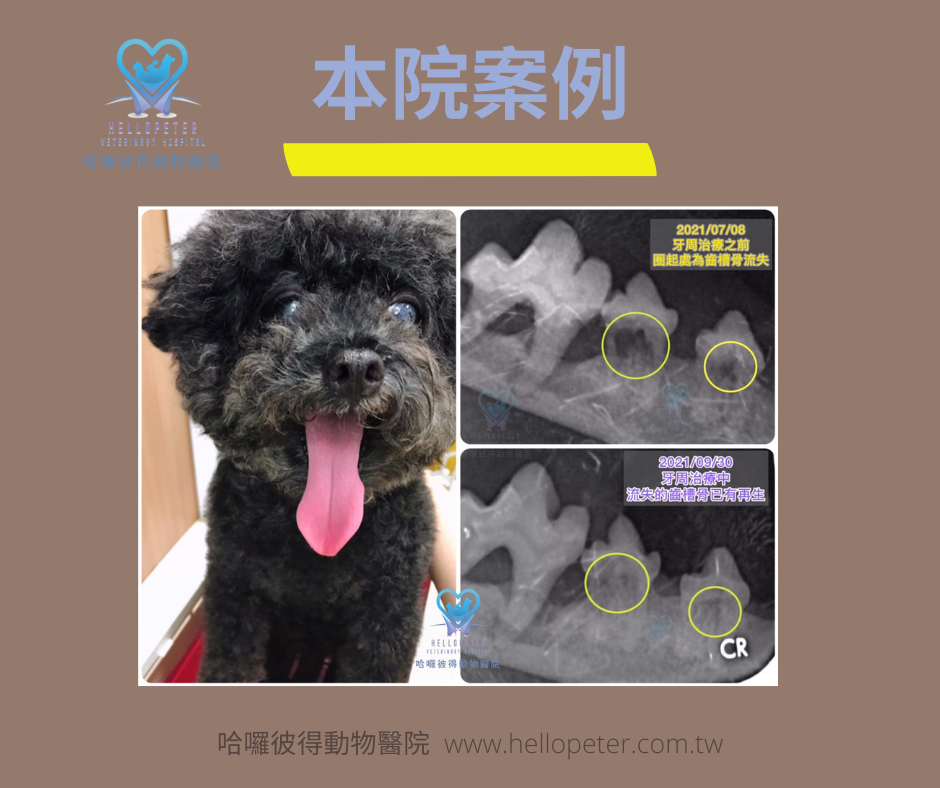


The belief that “dental calculus has no impact on periodontal disease” is a misconception!
Calculus serves as an ideal attachment surface for oral pathogenic bacteria, biofilm, plaque, and other primary factors contributing to periodontal disease. Therefore, thoroughly removing calculus from beneath the gingival sulcus and root surface is of utmost importance in the treatment of periodontal disease.
Dental scaling and root planing are the most important
See our hospital's case
Dental scaling and root planing not only form the foundation of periodontal therapy but have also been proven to aid in alveolar bone regeneration and improve gingival attachment in periodontal disease patients, both in humans and animals. Therefore, when evaluating the treatment of periodontal disease, it is essential to assess the individual periodontal condition of dogs and cats and arrange the most suitable treatment plan (including endodontics), rather than solely opting for GTR or GBR surgery.
HelloPeter Veterinary Hospital
Our hospital's case
Do dogs and cats really need general anesthesia for scaling and root planing? Dogs and cats must undergo general anesthesia for thorough cleaning. This is because when cleaning the most critical dental calculus below the gingival sulcus and on the root surface, the oral pain and numbness in dogs and cats become quite apparent. Even in the case of humans getting their scaling and root planing at a dentist&qpos;s clinic, similar sensations are often experienced. Therefore, it is not feasible to perform this procedure without general anesthesia. Anesthesia-free teeth cleaning can only address the calculus on the crown (above the gingiva), which not only fails to effectively treat periodontal issues but may also lead to dogs and cats struggling during the procedure, resulting in coughing or injury, which is not worth the risk!

